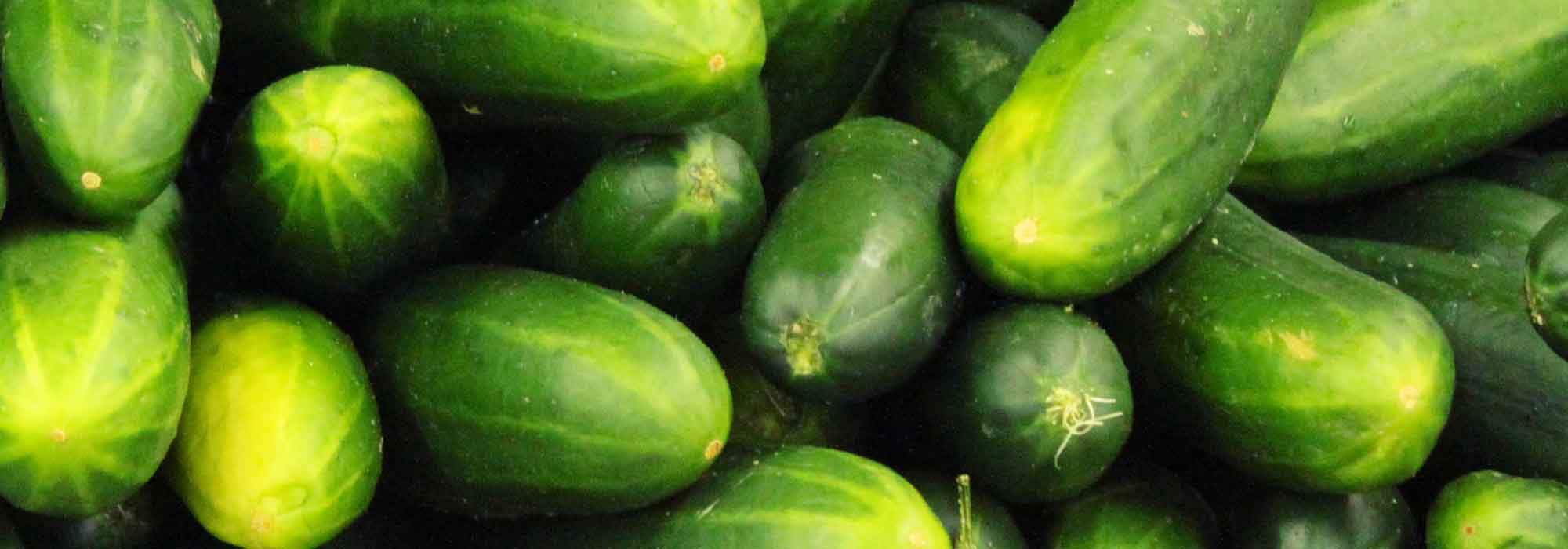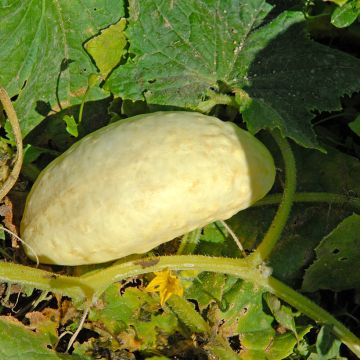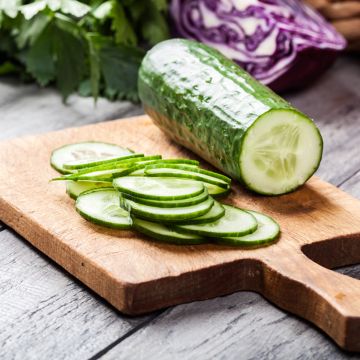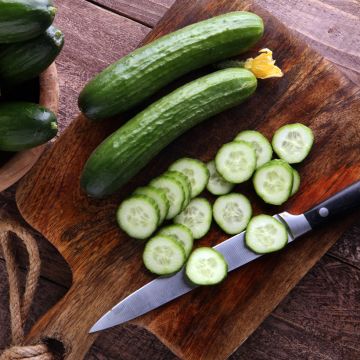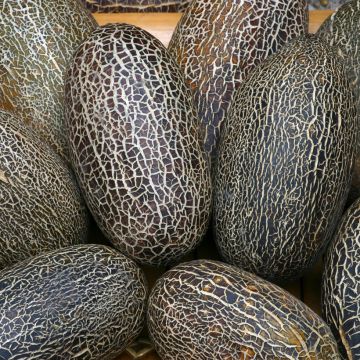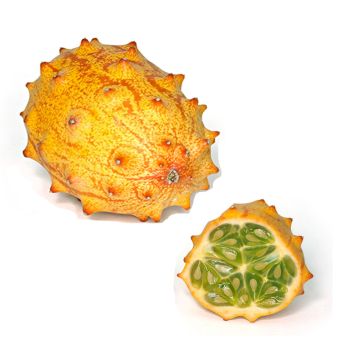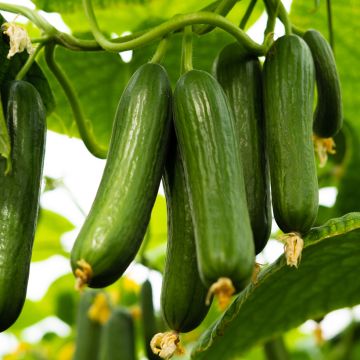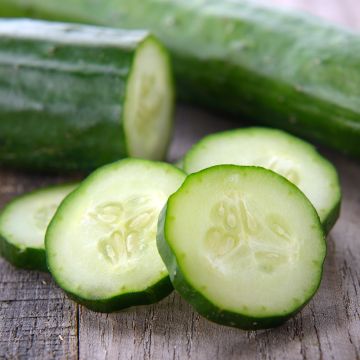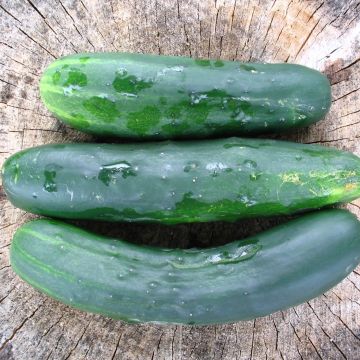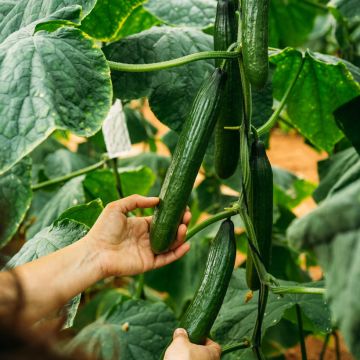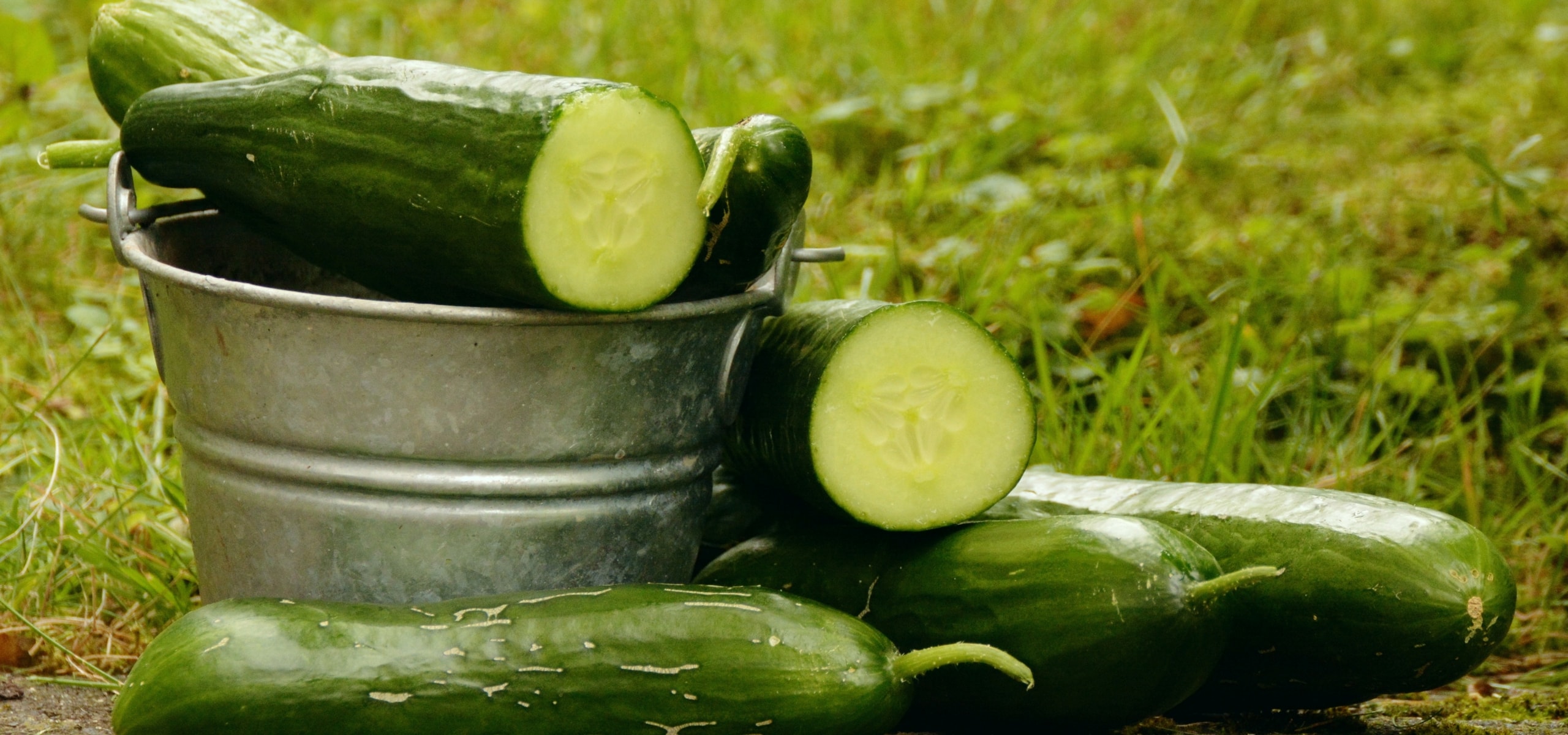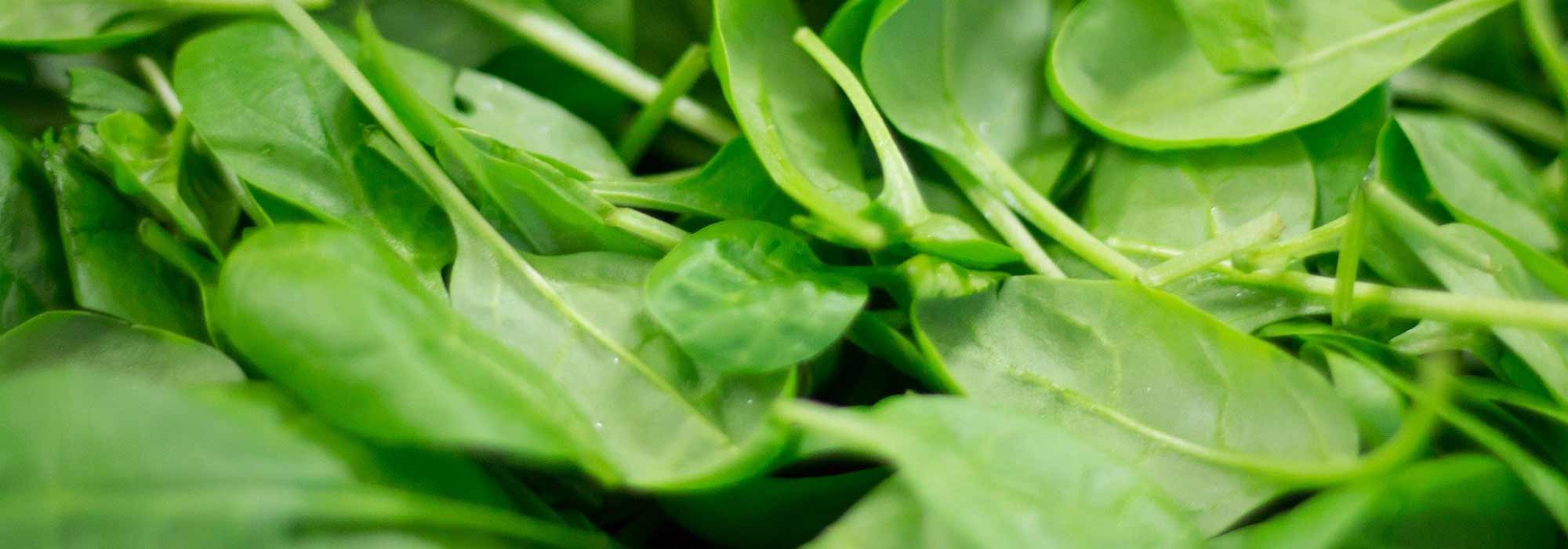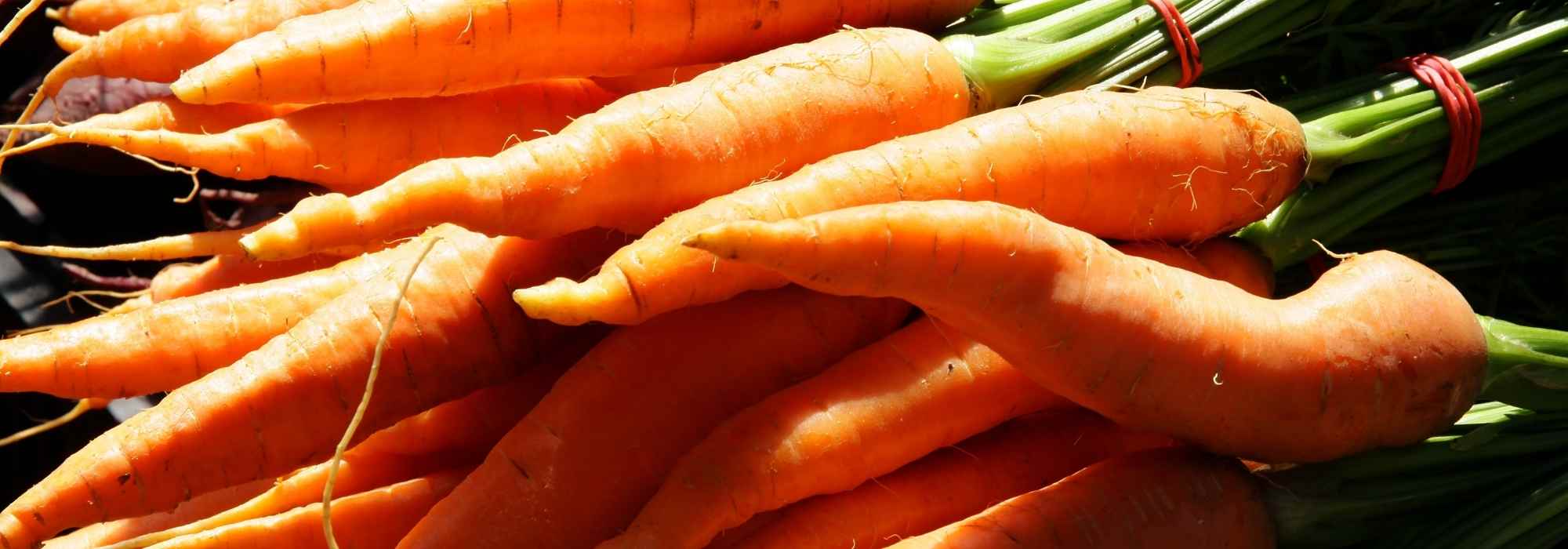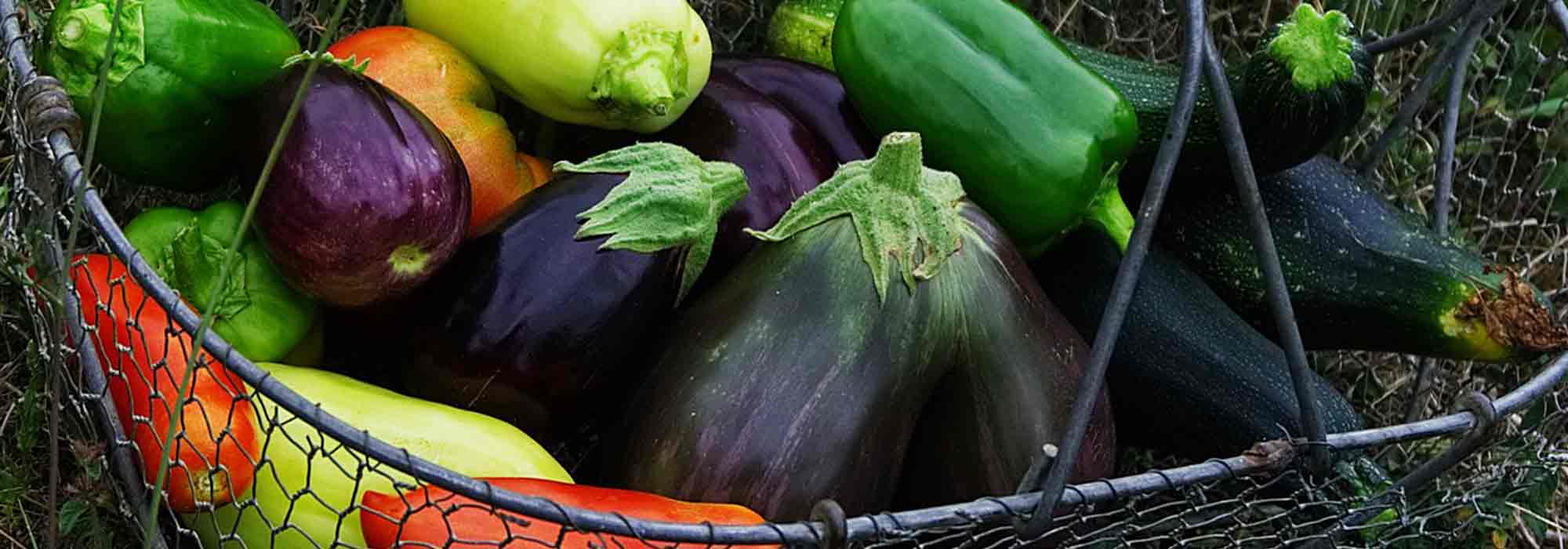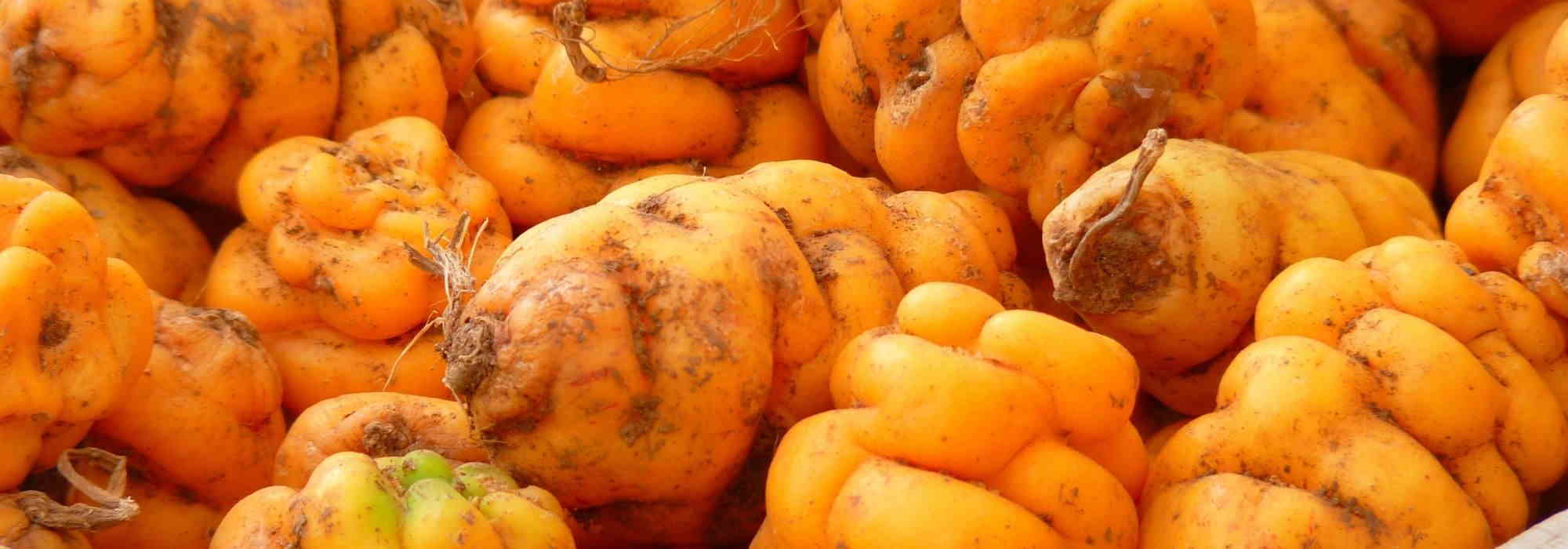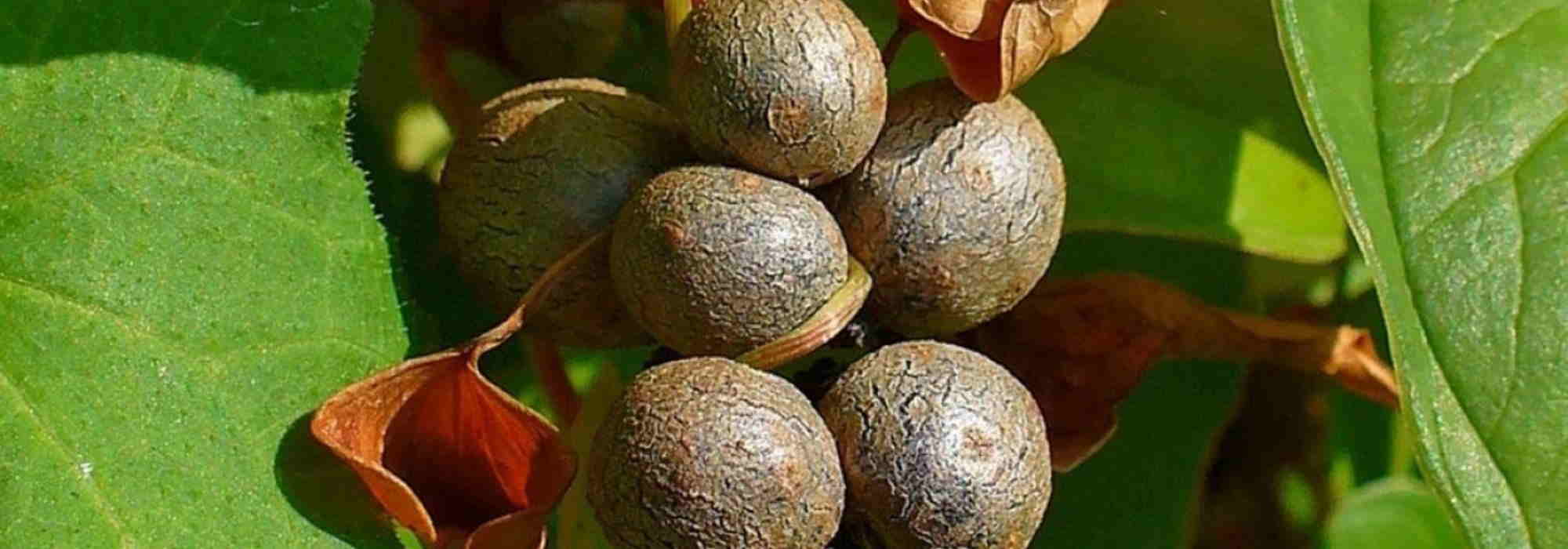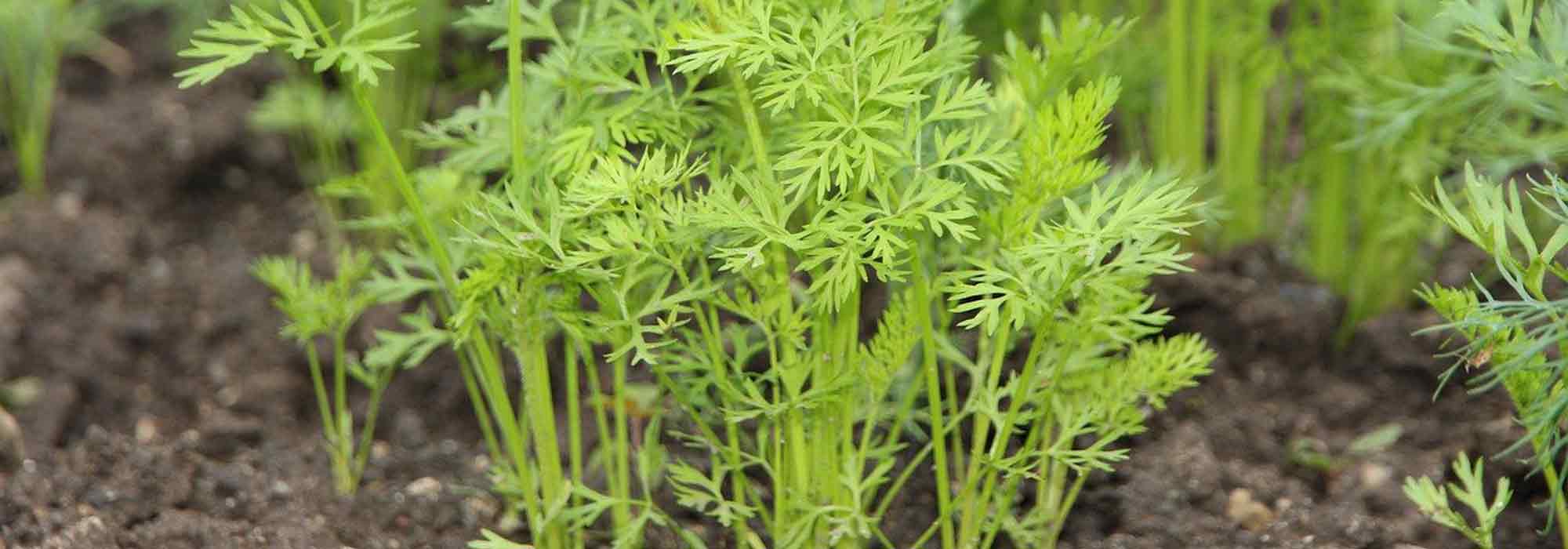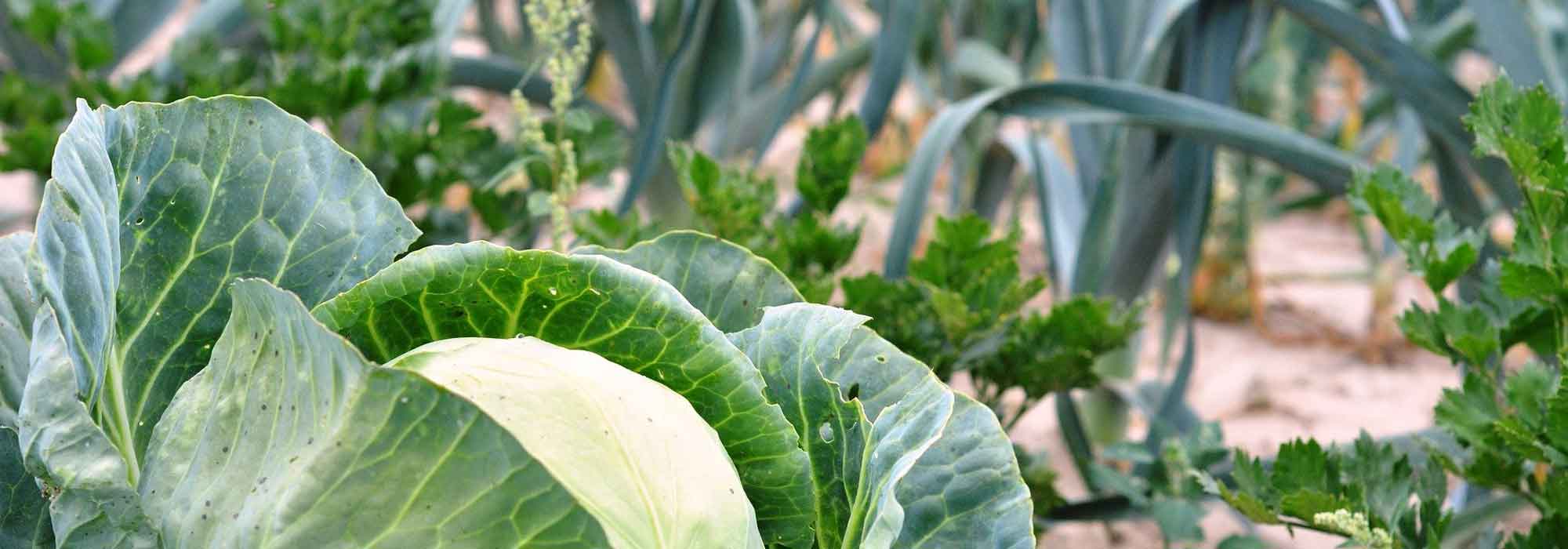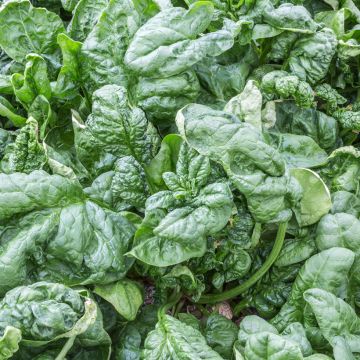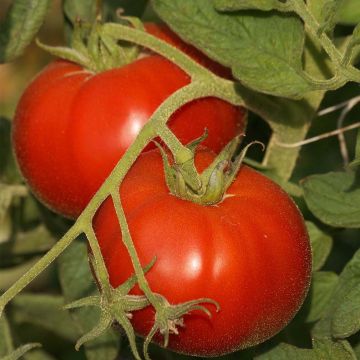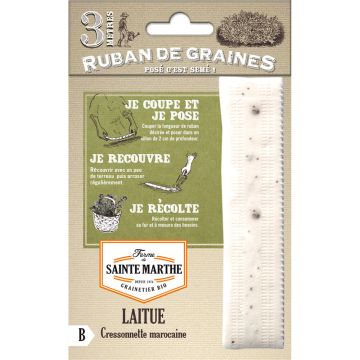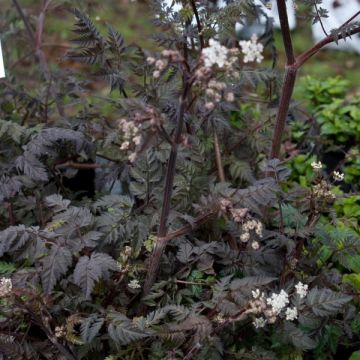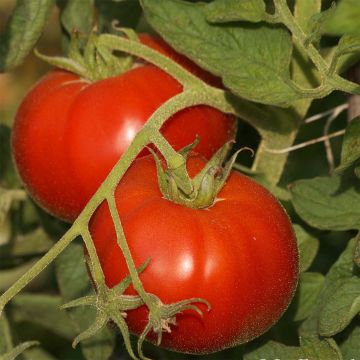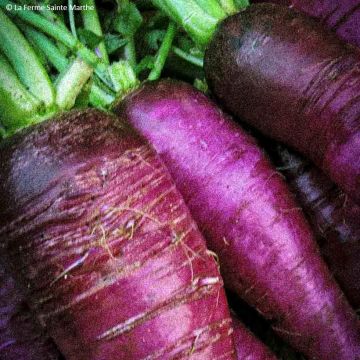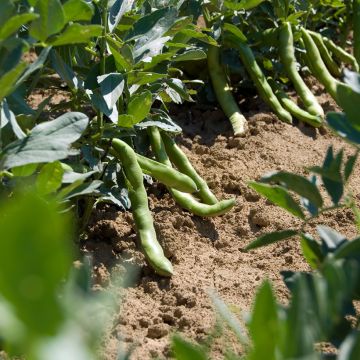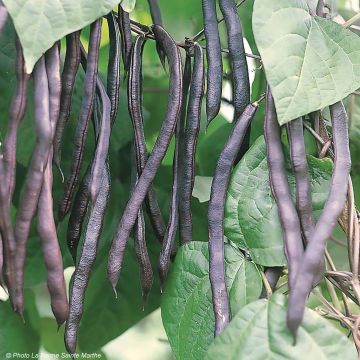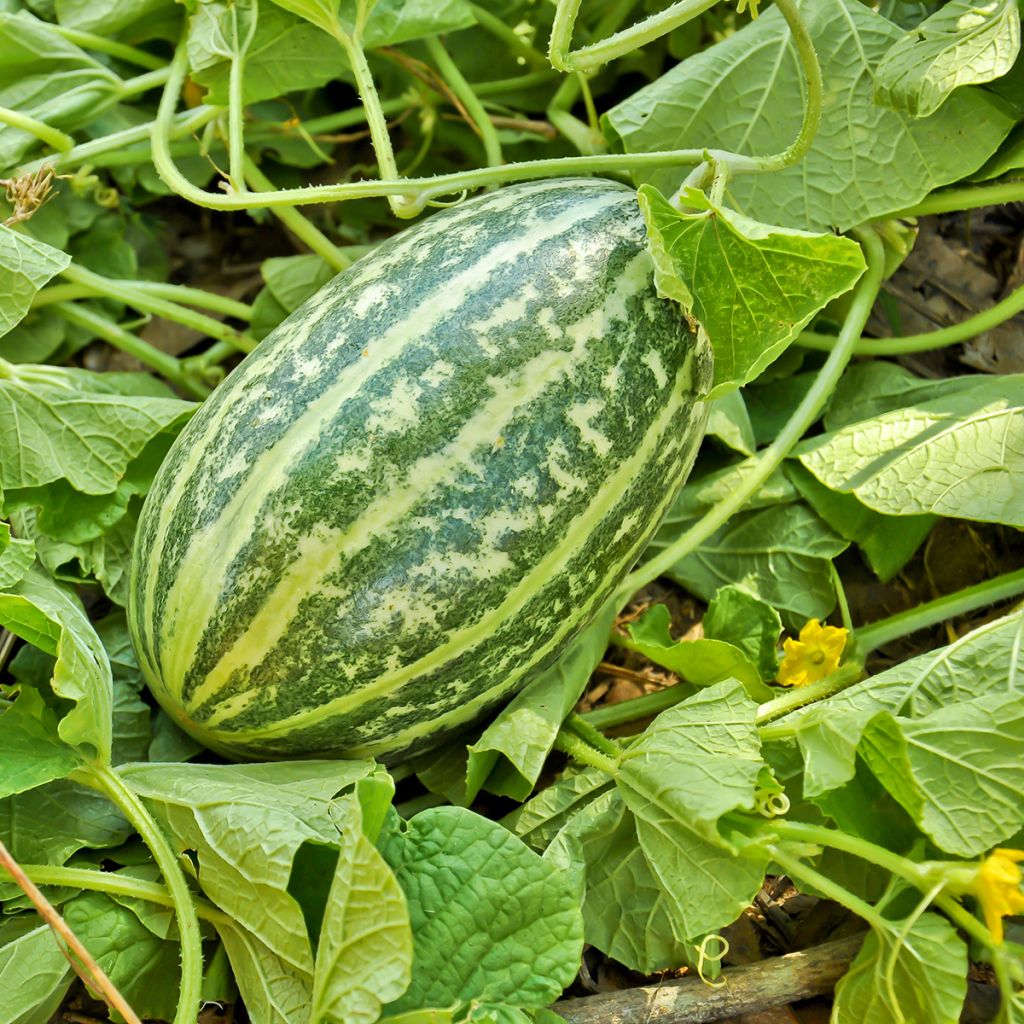

Cucumber Brocade - Cucumis sativus
Cucumber Brocade - Cucumis sativus
Cucumis sativus Brocade
Cucumber
Special offer!
Receive a €20 voucher for any order over €90 (excluding delivery costs, credit notes, and plastic-free options)!
1- Add your favorite plants to your cart.
2- Once you have reached €90, confirm your order (you can even choose the delivery date!).
3- As soon as your order is shipped, you will receive an email containing your voucher code, valid for 3 months (90 days).
Your voucher is unique and can only be used once, for any order with a minimum value of €20, excluding delivery costs.
Can be combined with other current offers, non-divisible and non-refundable.
Home or relay delivery (depending on size and destination)
Schedule delivery date,
and select date in basket
This plant carries a 6 months recovery warranty
More information
We guarantee the quality of our plants for a full growing cycle, and will replace at our expense any plant that fails to recover under normal climatic and planting conditions.
Description
The Cucumis sativus 'Brocade' is a cucumber native to India, where it is locally known as 'Sambar Southekai'. It differs from the classic cucumber, long, thin, and green, by the ovoid shape of its fruits, with a sweeter and spicier flavor. They are consumed cooked in a wide range of dishes, especially in Indian cuisine such as Mangalore cucumber curry, sambars, and rasams. Its growth, similar to that of an indeterminate cucumber, reaches a height of 2 to 2.50 m (7 to 8ft) with a spread of 0.70 m (2ft). Vigorous and productive, it is highly resistant to powdery mildew. Sowing takes place from March to May for a harvest that extends from July to October.
The Mangalore Cucumber, Latin name Cucumis sativus 'Brocade', is also called 'Sambar Southekai' or 'Sambar Cucumber'. It is a variety of Indian cucumber developed in the Malnad region of southwest India. This vegetable-fruit is cultivated up to Mangalore, a city in southern India. Curious and decorative, this cucumber, quite similar to melon, takes on an oblong or oval shape, measuring 20 to 25 cm (8 to 10in) in length and weighing 600 to 700 grams, with green color and yellow stripes when ripe. The fruit ripens quickly, only 2 to 3 weeks after its initial appearance.
The Mangalore Cucumber prefers light, loose, moist, and humus-rich soils. It thrives in sunny locations with temperatures between 18 and 22°C (64.4 and 71.6°F). It is a vegetable that requires a good amount of water and should be watered regularly. It is a cucumber that can be grown in a conventional manner but requires a bit more warmth than our native cucumbers. It is recommended to grow it under cover in less favorable regions.
In terms of cuisine: it is a fruit rich in water and fiber, with a good supply of minerals (calcium, magnesium, potassium) and vitamins A, C, and B6. It is generally consumed cooked and can be used in a wide range of dishes, including Mangalore-style Sambar sudekayi, added to curries, or stir-fried.
Harvest: Mangalore cucumbers should be harvested when they have reached their final size and their color shows beautiful yellow-orange stripes. Remember to harvest regularly to encourage the formation of new fruits.
Storage: The fruits can be stored for months after harvest in cool and dry conditions. Harvest them carefully to avoid damage and store them in a cool, well-ventilated place. They can be enjoyed until December.
Gardener's tip: Like all cucurbits, despite its excellent resistance, the Mangalore Cucumber can be susceptible to powdery mildew, which appears as a white coating on the foliage. It is important to remove heavily affected leaves and spray with wettable sulfur every two weeks. In case of a minor attack, you can also treat the plants with skimmed milk diluted to 10 to 20% in rainwater. As a preventive measure, avoid watering the foliage. A decoction of horsetail can also be sprayed to strengthen the foliage's resistance.
Harvest
Plant habit
Foliage
Botanical data
Cucumis
sativus
Brocade
Cucurbitaceae
Cucumber
Cultivar or hybrid
Annual
Other Cucumber
View all →Planting and care
Sowing of Mangalore Cucumber:
The germination temperature ranges between 20 and 28° (68 and 82.4°F) and usually takes between 6 and 10 days, depending on the temperature.
Sowing period: in a greenhouse from March to May or directly in the ground from late May to late June.
Harvest period: from July to September.
You can either sow the seeds directly in place or prepare seedlings that will later be planted in their final position in the garden:
Sowing in a greenhouse: In a heated or unheated greenhouse (depending on the sowing date and the outside temperature), sow the seeds in a tray or directly in a bucket, at a depth of 2 cm (1in) in a good seed compost. Cover the seeds with compost and remember to keep the substrate moist, but not waterlogged.
When the young plants appear strong enough to handle, transplant them into buckets if necessary before planting them in the garden, when there is no longer any risk of frost. During planting, maintain a spacing of one meter in all directions.
Direct sowing: In well-amended and loosened soil, sow the seeds in holes, three seeds per hole, at a depth of three centimeters, maintaining a distance of one meter in all directions. When the seedlings are well developed, thin them out, keeping only the most vigorous plant.
Cultivation of Mangalore Cucumber:
It is grown in full sun. It is a fairly demanding vegetable that requires well-fertilized soil. It is advisable to add mature compost (about 3 to 4 kg per m2) a few months before planting, by loosening the soil to a depth of 5 cm (2in), as is done for all vegetable crops. It prefers neutral soils (pH 7), but will also thrive in slightly acidic or alkaline soils (pH between 5.5 and 7.5).
It can be grown flat, but it is ideal to train it vertically on a wire mesh or a net. The plant is trained to grow on a single stem, which should be pinched at a height of 2 meters (7 feet).
Seedlings
Care
Intended location
Planting & care advice
This item has not been reviewed yet - be the first to leave a review about it.
Similar products
Haven't found what you were looking for?
Hardiness is the lowest winter temperature a plant can endure without suffering serious damage or even dying. However, hardiness is affected by location (a sheltered area, such as a patio), protection (winter cover) and soil type (hardiness is improved by well-drained soil).

Photo Sharing Terms & Conditions
In order to encourage gardeners to interact and share their experiences, Promesse de fleurs offers various media enabling content to be uploaded onto its Site - in particular via the ‘Photo sharing’ module.
The User agrees to refrain from:
- Posting any content that is illegal, prejudicial, insulting, racist, inciteful to hatred, revisionist, contrary to public decency, that infringes on privacy or on the privacy rights of third parties, in particular the publicity rights of persons and goods, intellectual property rights, or the right to privacy.
- Submitting content on behalf of a third party;
- Impersonate the identity of a third party and/or publish any personal information about a third party;
In general, the User undertakes to refrain from any unethical behaviour.
All Content (in particular text, comments, files, images, photos, videos, creative works, etc.), which may be subject to property or intellectual property rights, image or other private rights, shall remain the property of the User, subject to the limited rights granted by the terms of the licence granted by Promesse de fleurs as stated below. Users are at liberty to publish or not to publish such Content on the Site, notably via the ‘Photo Sharing’ facility, and accept that this Content shall be made public and freely accessible, notably on the Internet.
Users further acknowledge, undertake to have ,and guarantee that they hold all necessary rights and permissions to publish such material on the Site, in particular with regard to the legislation in force pertaining to any privacy, property, intellectual property, image, or contractual rights, or rights of any other nature. By publishing such Content on the Site, Users acknowledge accepting full liability as publishers of the Content within the meaning of the law, and grant Promesse de fleurs, free of charge, an inclusive, worldwide licence for the said Content for the entire duration of its publication, including all reproduction, representation, up/downloading, displaying, performing, transmission, and storage rights.
Users also grant permission for their name to be linked to the Content and accept that this link may not always be made available.
By engaging in posting material, Users consent to their Content becoming automatically accessible on the Internet, in particular on other sites and/or blogs and/or web pages of the Promesse de fleurs site, including in particular social pages and the Promesse de fleurs catalogue.
Users may secure the removal of entrusted content free of charge by issuing a simple request via our contact form.
The flowering period indicated on our website applies to countries and regions located in USDA zone 8 (France, the United Kingdom, Ireland, the Netherlands, etc.)
It will vary according to where you live:
- In zones 9 to 10 (Italy, Spain, Greece, etc.), flowering will occur about 2 to 4 weeks earlier.
- In zones 6 to 7 (Germany, Poland, Slovenia, and lower mountainous regions), flowering will be delayed by 2 to 3 weeks.
- In zone 5 (Central Europe, Scandinavia), blooming will be delayed by 3 to 5 weeks.
In temperate climates, pruning of spring-flowering shrubs (forsythia, spireas, etc.) should be done just after flowering.
Pruning of summer-flowering shrubs (Indian Lilac, Perovskia, etc.) can be done in winter or spring.
In cold regions as well as with frost-sensitive plants, avoid pruning too early when severe frosts may still occur.
The planting period indicated on our website applies to countries and regions located in USDA zone 8 (France, United Kingdom, Ireland, Netherlands).
It will vary according to where you live:
- In Mediterranean zones (Marseille, Madrid, Milan, etc.), autumn and winter are the best planting periods.
- In continental zones (Strasbourg, Munich, Vienna, etc.), delay planting by 2 to 3 weeks in spring and bring it forward by 2 to 4 weeks in autumn.
- In mountainous regions (the Alps, Pyrenees, Carpathians, etc.), it is best to plant in late spring (May-June) or late summer (August-September).
The harvesting period indicated on our website applies to countries and regions in USDA zone 8 (France, England, Ireland, the Netherlands).
In colder areas (Scandinavia, Poland, Austria...) fruit and vegetable harvests are likely to be delayed by 3-4 weeks.
In warmer areas (Italy, Spain, Greece, etc.), harvesting will probably take place earlier, depending on weather conditions.
The sowing periods indicated on our website apply to countries and regions within USDA Zone 8 (France, UK, Ireland, Netherlands).
In colder areas (Scandinavia, Poland, Austria...), delay any outdoor sowing by 3-4 weeks, or sow under glass.
In warmer climes (Italy, Spain, Greece, etc.), bring outdoor sowing forward by a few weeks.






























